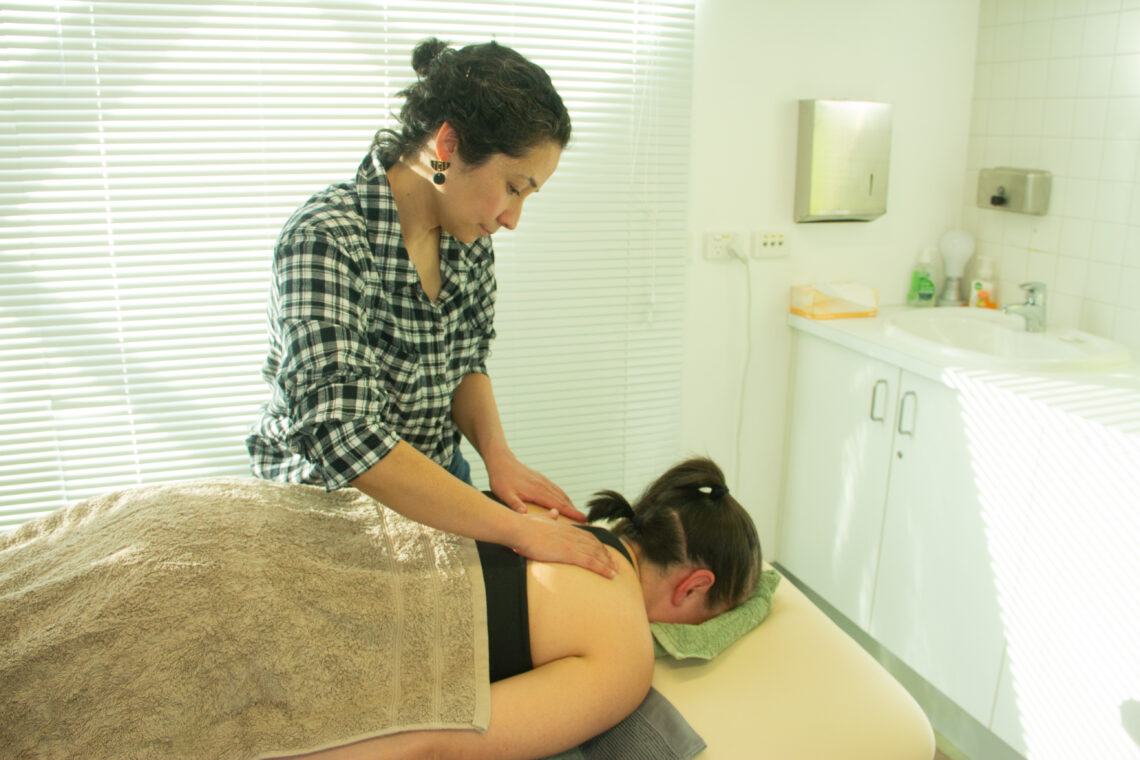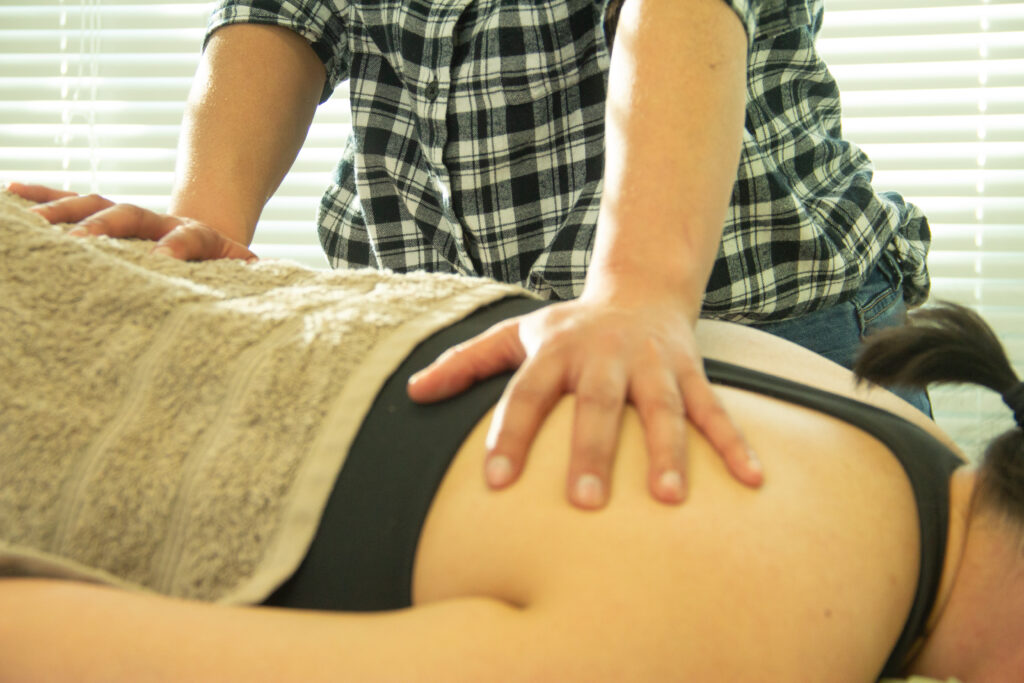
What is Osteopathy?
Osteopathy is hands on healthcare that takes the whole body into consideration. It aims to promote recovery through improved movement and body mechanics. Our bodies are great at being able to look after themselves, however may need a helping hand every now and then.
What is an Osteopath?
Osteopaths are university trained Allied Health professionals that use manual therapy to address musculoskeletal conditions. They are registered with AHPRA – the Australian Health Practitioner Regulation Agency.
Osteopaths are regularly update their knowledge and skills through continued professional development, and complete regular first aid training.
What can I expect from an Osteopathic consultation?
Firstly, lets chat about what’s bringing you in and what you are hoping for. Most folks wantrelief from pain or better management of chronic conditions, but there is often a deeper “why”. Maybe you’re aiming at a reaching a sporting goal, or you are tired of postural headaches during online meetings. It could be that you want more time for your garden, or your baby appears upset with being unable to turn their head to one side freely. Understanding your “why” helps us create a personalised plan.
During our conversation, we’ll explore your main issue and also consider related areas. We’ll chat about your lifestyle, medical history, and other factors that matter. Together, we ‘ll build a plan tailored just for you.
Assessment and examination may require some outer clothing to be removed. We have gowns and towels available to keep you comfortable.
After determining your diagnosis, I will explain it to you, and discuss with you your treatment plan. I appreciate your input into your management plan as each person is unique.
Our treatment toolkit includes soft tissue massage, articulation, stretching, manipulation, myofascial techniques and cranial techniques, to name a few. But it’s not just about what I do – you’re a key player too. We will discuss self care, like exercises, stretches and other things you can continue at home. I’m excited to be a part of your health journey.

What are the risks?
The most common thing you might experience is some post-treatment soreness. That’s like an ache for the first 1-2 days after a treatment, similar to like how your body might feel after trying out a new exercise. Some people don’t get any post-treatment soreness at all.
Your medical history helps me to understand any unique risks that might be more relevant to you. For example, if you have osteopenia or a condition that affects your bone density, then I will avoid manipulation techniques.
Open communication is key to empowering you in managing your healthcare journey. I’ll always talk to you about any risks before we start treatment. And if there’s a specific technique you’d rather skip, just let me know. You are always encouraged to ask questions and you are free to change your mind at any time: your comfort and peace of mind are top priorities.
Will it hurt?
I will communicate with you throughout the treatment to understand how you are going with the techniques. Pressure and position and easily be adjusted, so I am frequently seeking feedback. Some people enjoy what I refer to as ‘tasty pain’, describing it as feeling sore, but a good sore. If adults are needing more pressure, I’m not shy to use an elbow.
I’ve got more questions…
No problem! Give us a call on 0434 225 544 so we can discuss it with you further.
